People and markets
The end of an era: ANS relocates to Ohio
The American Numismatic Society has decided to relocate to Toledo, leaving New York after approximately 170 years. We take a look at the history of the ANS and explain why it makes sense to move.
read more at our partner SIXBID
Kurt Zimmermann (1937-2025)
Kurt Zimmermann was a veteran of the Swiss coin trade who witnessed many upheavals during his career. Older coin collectors still remember him as a specialist at the Swiss Numismatic Museum.
read more at our partner SIXBID
30th World Money Fair
The 30th World Money Fair will take place from January 29 to 31, 2026. Preparations are currently underway everywhere. Make sure you plan ahead to attend this event.
read more at our partner SIXBID
CoinsWeekly also in Italian
Since December 1, 2025, CoinsWeekly has also been published in Italian. We are pleased to welcome Roberto Ganganelli and Cronaca Numismatica we have gained as a partner.
read more at our partner SIXBID
Our partners: Sixbid
We are introducing our partners in a loose series and explaining why we work with them. The first episode of the series is dedicated to Sixbid. Sixbid is the oldest numismatic auction platform.
read more at our partner SIXBID
Coins, Medals and more
3 Minutes of Numismatics: King Kroisus and his significance for the monetary system
King Kroisus’ coins are a milestone on the path to our Western monetary system. We show you the first gold coins ever minted.
read more at our partner SIXBID
3 Minutes of Numismatics: Saudi Arabia’s First Islamic Coin
An Umayyad dirham from the year 105 AH could fetch more than $6 million. It originated from the mine of the Commander of the Faithful in the Hejaz. It was the first Islamic coin minted in Saudi Arabia.
read more at our partner SIXBID
Lalique and numismatics
Lalique is one of the world’s most famous Art Nouveau artists. Did you know that he also created a medal in honour of his patron, the actress Sarah Bernhardt? She was a great admirer of Lalique.
read more at our partner SIXBID
3 Minutes of Numismatics: Antimony, Borneo and the White Rajahs of Sarawak
Anyone who wants to understand the 19th century must study its economic history. It was profit that tempted adventurers from across the Western world to build a life for themselves in exotic countries, as the white rajahs of Sarawak did.
read more at our partner SIXBID
3 minutes of numismatics: The first coin minted in Cologne!?
The new RIC has completely disrupted the coinage of Postumus. This gives a new meaning to an Antoninianus from 268 AD, which was certainly minted in Cologne: it is now one of the first coins ever minted in Cologne.
read more at our partner SIXBID
3 Minutes of Numismatics: King Kroisus and his significance for the monetary system
King Kroisus’ coins are a milestone on the path to our Western monetary system. We show you the first gold coins ever minted.
read more at our partner SIXBID
3 Minutes of Numismatics: Saudi Arabia’s First Islamic Coin
An Umayyad dirham from the year 105 AH could fetch more than $6 million. It originated from the mine of the Commander of the Faithful in the Hejaz. It was the first Islamic coin minted in Saudi Arabia.
read more at our partner SIXBID
Lalique and numismatics
Lalique is one of the world’s most famous Art Nouveau artists. Did you know that he also created a medal in honour of his patron, the actress Sarah Bernhardt? She was a great admirer of Lalique.
read more at our partner SIXBID
3 Minutes of Numismatics: Antimony, Borneo and the White Rajahs of Sarawak
Anyone who wants to understand the 19th century must study its economic history. It was profit that tempted adventurers from across the Western world to build a life for themselves in exotic countries, as the white rajahs of Sarawak did.
read more at our partner SIXBID
3 minutes of numismatics: The first coin minted in Cologne!?
The new RIC has completely disrupted the coinage of Postumus. This gives a new meaning to an Antoninianus from 268 AD, which was certainly minted in Cologne: it is now one of the first coins ever minted in Cologne.
read more at our partner SIXBID






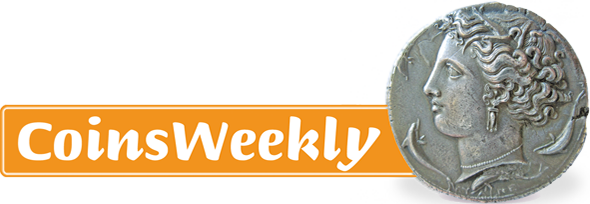
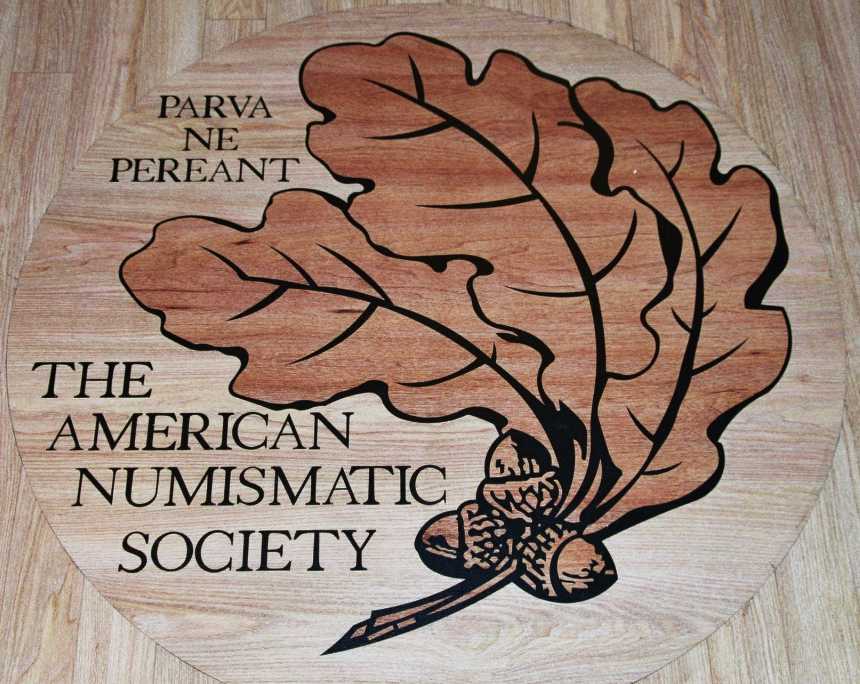



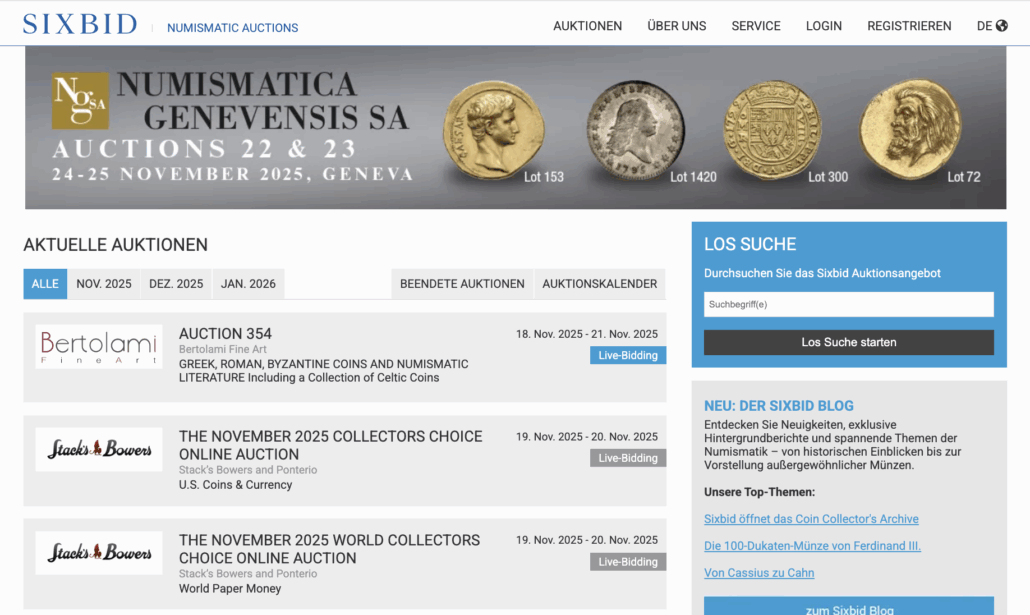
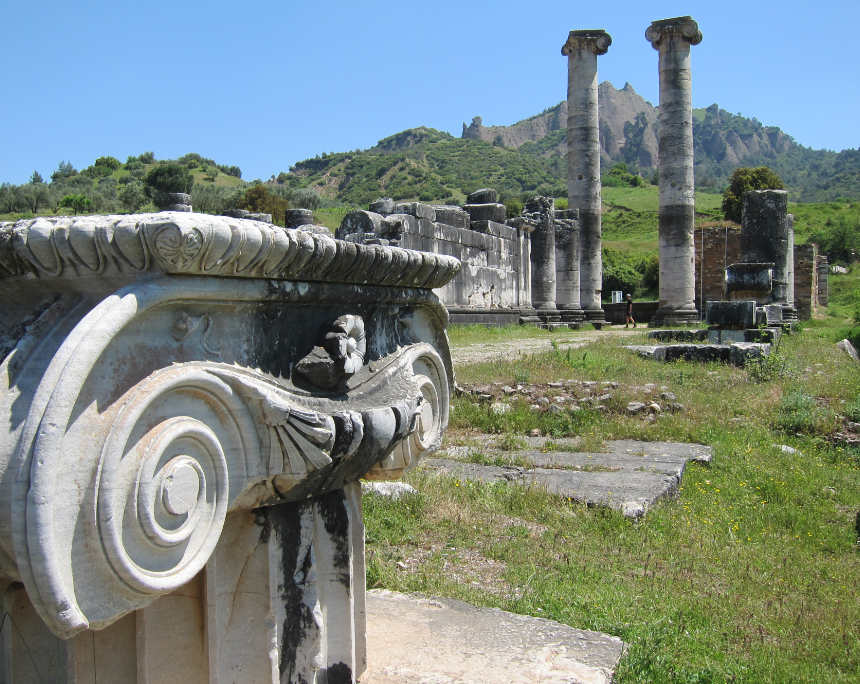
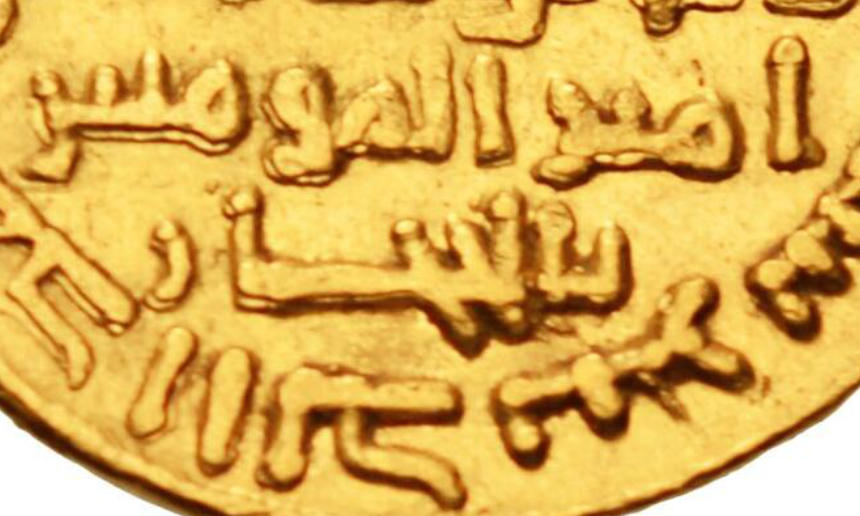
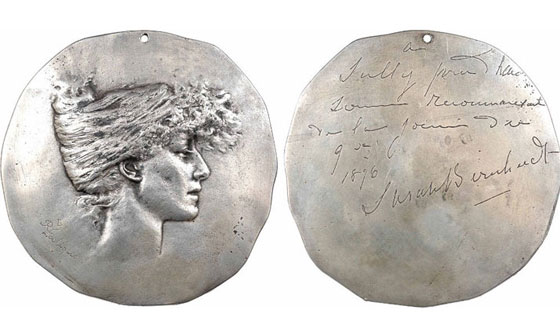
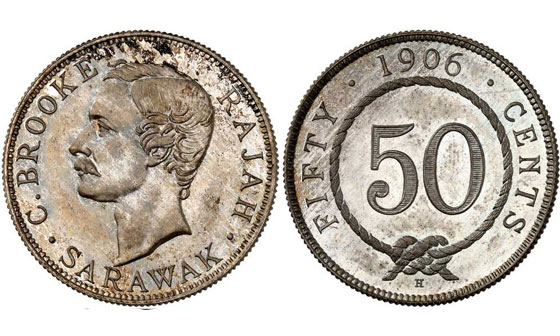
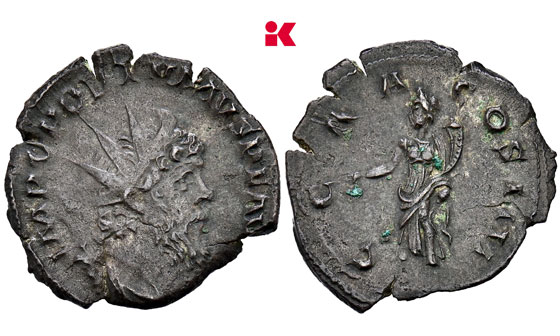

The end of an era: ANS relocates to Ohio
The American Numismatic Society has decided to relocate to Toledo, leaving New York after approximately 170 years. We take a look at the history of the ANS and explain why it makes sense to move.
read more at our partner SIXBID
Kurt Zimmermann (1937-2025)
Kurt Zimmermann was a veteran of the Swiss coin trade who witnessed many upheavals during his career. Older coin collectors still remember him as a specialist at the Swiss Numismatic Museum.
read more at our partner SIXBID
30th World Money Fair
The 30th World Money Fair will take place from January 29 to 31, 2026. Preparations are currently underway everywhere. Make sure you plan ahead to attend this event.
read more at our partner SIXBID
CoinsWeekly also in Italian
Since December 1, 2025, CoinsWeekly has also been published in Italian. We are pleased to welcome Roberto Ganganelli and Cronaca Numismatica we have gained as a partner.
read more at our partner SIXBID
Our partners: Sixbid
We are introducing our partners in a loose series and explaining why we work with them. The first episode of the series is dedicated to Sixbid. Sixbid is the oldest numismatic auction platform.
read more at our partner SIXBID